YOUNG FIRE: Tala Safié
/EYE ON THE PRIZE
Being the daughter of a journalist, it was a pretty safe bet that Tala Safié would be influenced by the editorial world. Originally interested in becoming a journalist herself, the Beirut native changed her tune and found her calling in the visual arts. After earning her BFA, Tala ventured overseas to New York City to pursue a masters in design at The School of Visual Arts. She now holds the titles of lead designer at AIGA Eye on Design and freelance art director at The New York Times. As an accomplished designer who creates compelling, forward-thinking, limit-pushing work, Tala sits down with us to share her thoughts on portfolio building, the classic "cold-email," and how to properly stalk your interviewer.
BY: Katie Belloff
Tala Safié
Lead Designer, AIGA Eye on Design
Freelance Art Director, The New York Times
American University of Beirut, 2013
School of Visual Arts, 2018
talasafie.com | @talasafie
Publication for the Mansion Film Club, Beirut



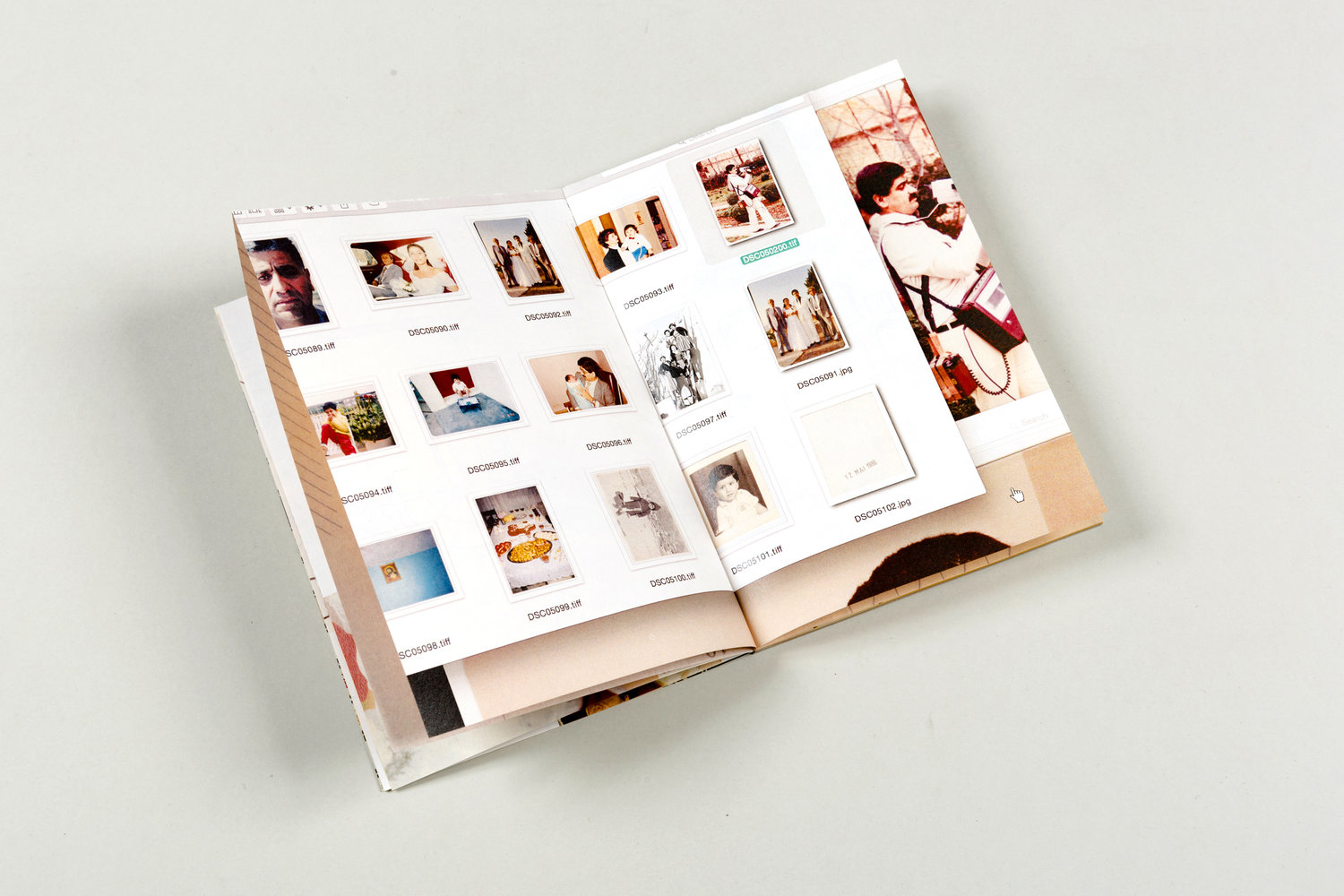
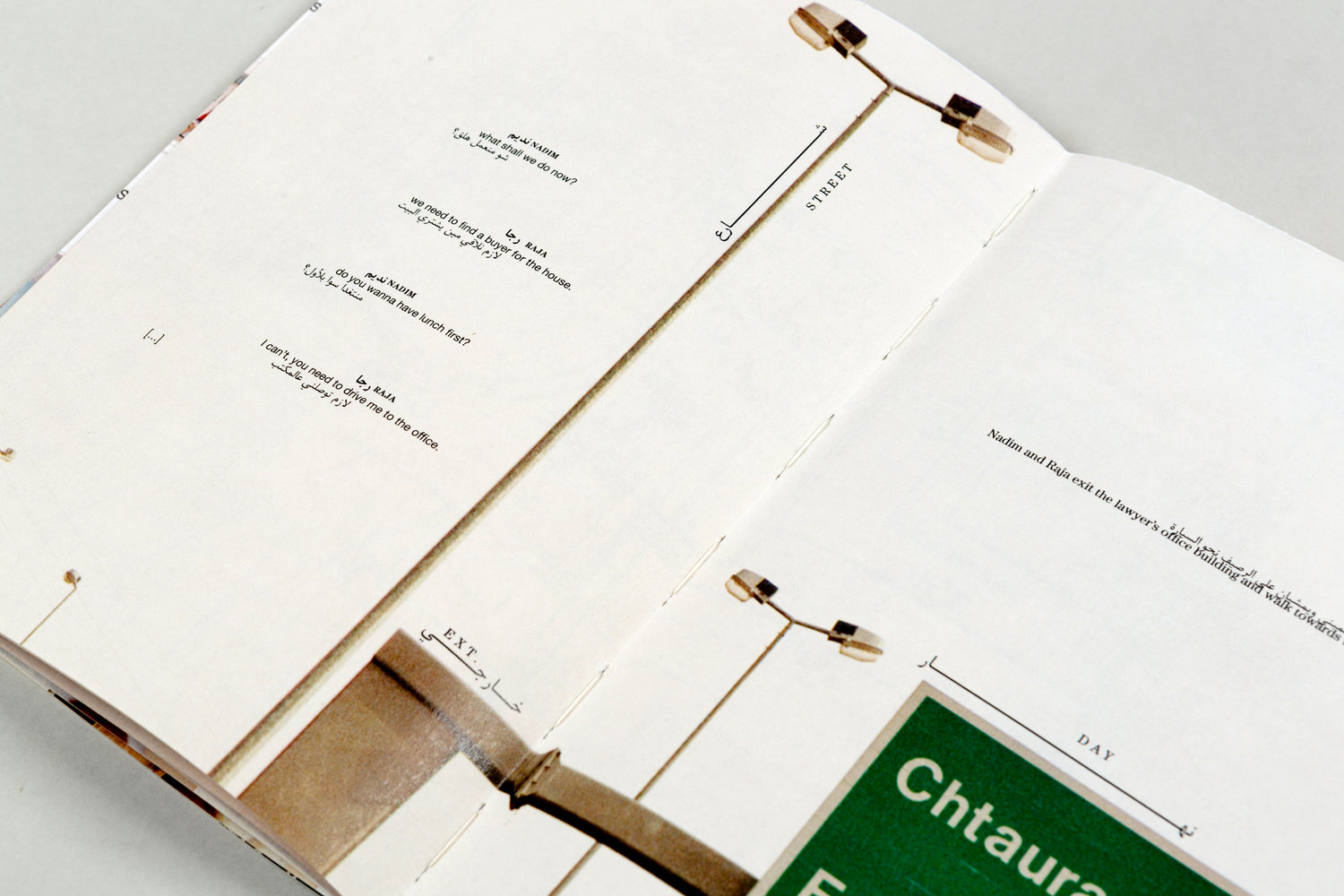
SPD-U: When did you first decide that you were going to be a designer/work in design? Were you always interested in working in magazines/print?
Tala Safié: I’ve always wanted to be a journalist, actually. My mom is a journalist and so are all of her close friends, so I’ve always wanted to be part of that world. I’m better with visuals than I am with words, so editorial design seemed like a good fit for me.
SPD-U: What project in your student portfolio do you think gave you the biggest advantage when looking for internships/jobs and why?
TS: I think it was my BFA thesis project. I created a film club for Mansion, a collective art space situated in an early twentieth-century villa in Beirut, formerly abandoned during the Lebanese civil war. I made bilingual (Arabic + English) publications, posters, and videos, and organized a few screenings with the help of the director of the space. This project landed me my first job with Studio Safar, mainly because it touched different design platforms, which was appealing to a multidisciplinary studio. The bilingual aspect was also a big advantage.
SPD-U: If you could go back in time and give your past self advice before your first professional interview for a design position what would it be?
TS: Be a good listener, ask questions, and don’t do all of the talking. Also, stalk your interviewer(s) beforehand. Read things they’ve written, watch talks they’ve had. But also don’t creep them out with all the information you learn, be cool about it.
SPD-U: Where was your first internship and what was the most important/memorable thing you learned there?
TS: My first internship was at De Designpolitie in Amsterdam. I learned that employers tend to forget that interns exist so you need to remind them by asking them questions and taking initiatives even if they don’t clearly assign specific tasks to you.




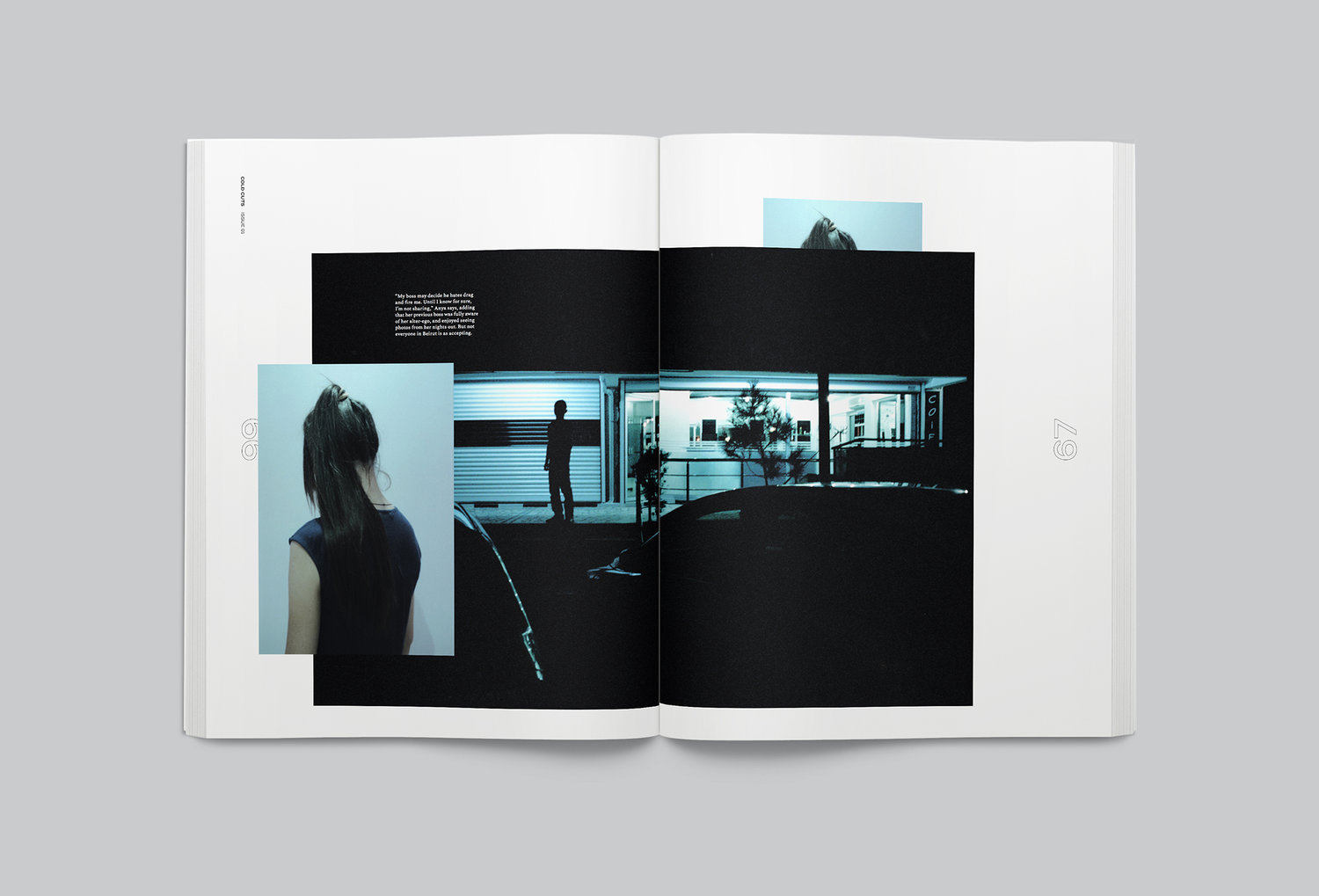

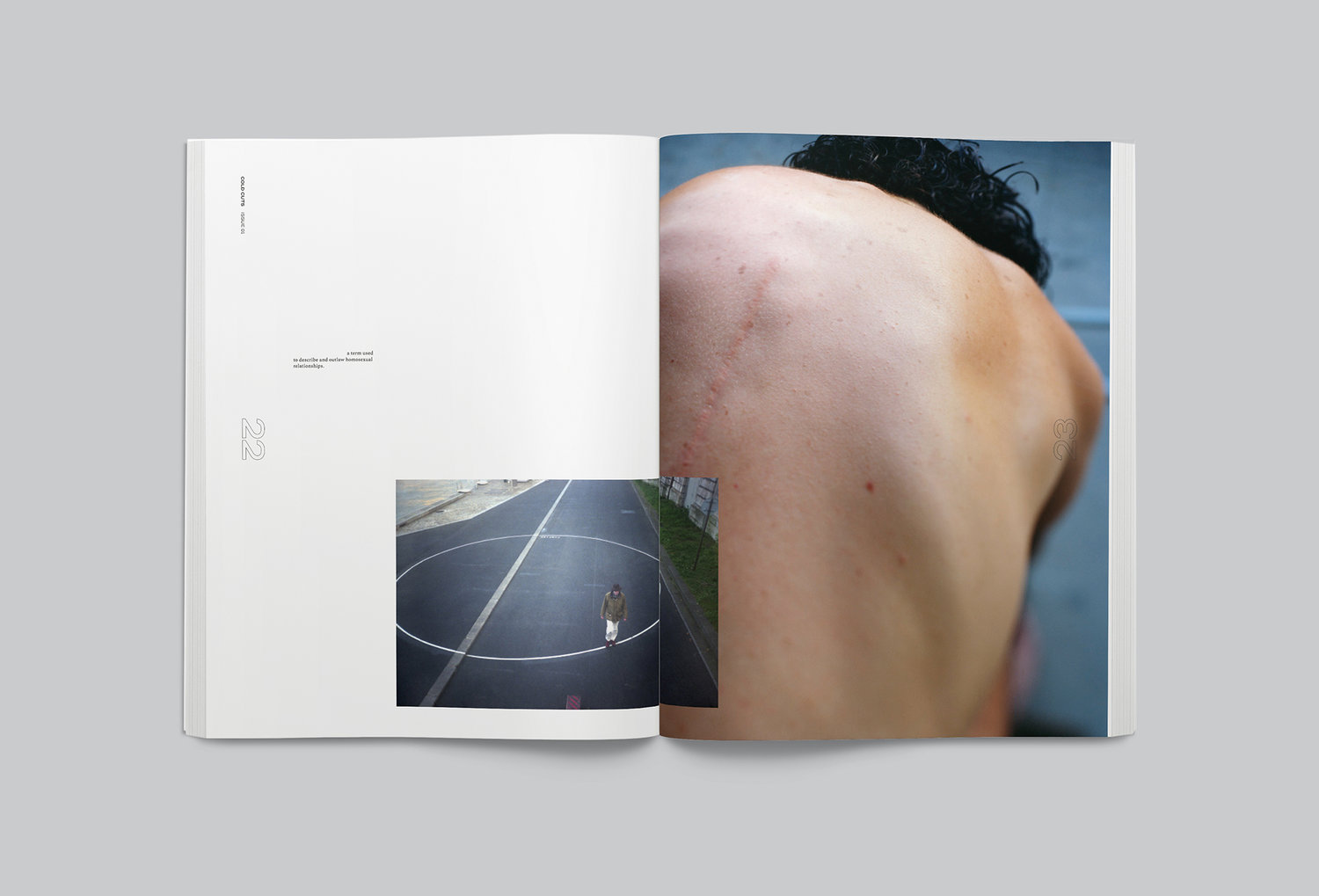
SPD-U: You publish a lot of your personal work on your website in a separate section. What would you say the advantages of that are?
TS: My website is a bit of a mess and my work is certainly not divided in a very smart way at the moment. I have two main sections and both are a mix of professional and self-initiated work: ideally they would be neatly organized under one category.
I guess it’s useful to include personal projects if they reflect relevant skills and interests that don’t come across in your professional portfolio. My self-initiated projects are usually collaborative, they’re really an excuse for me to work with people I like and admire, especially writers.
SPD-U: Any tips for students/young professionals dealing with imposter syndrome?
TS: Remember that most people have no idea what they’re doing, especially creatives.
SPD-U: How many cold emails/resumes did you send out before you heard back about your first job offer? How effective do you feel that strategy is?
TS: Many. When I first moved here I really didn’t know anyone, so it was really hard for me to get a job, especially with my non-resident-alien status. I also come from a culture where you’re not really used to shameless self-promotion, which I quickly learned was a big thing in the design community in the States. What was effective for me was to reach out directly to people I really wanted to work for with candid, straightforward, and personalized emails.
I eventually met Perrin Drumm, the founder of AIGA Eye on Design who trusted me and gave me a shot. She opened so many doors for me in New York, I really owe her everything.



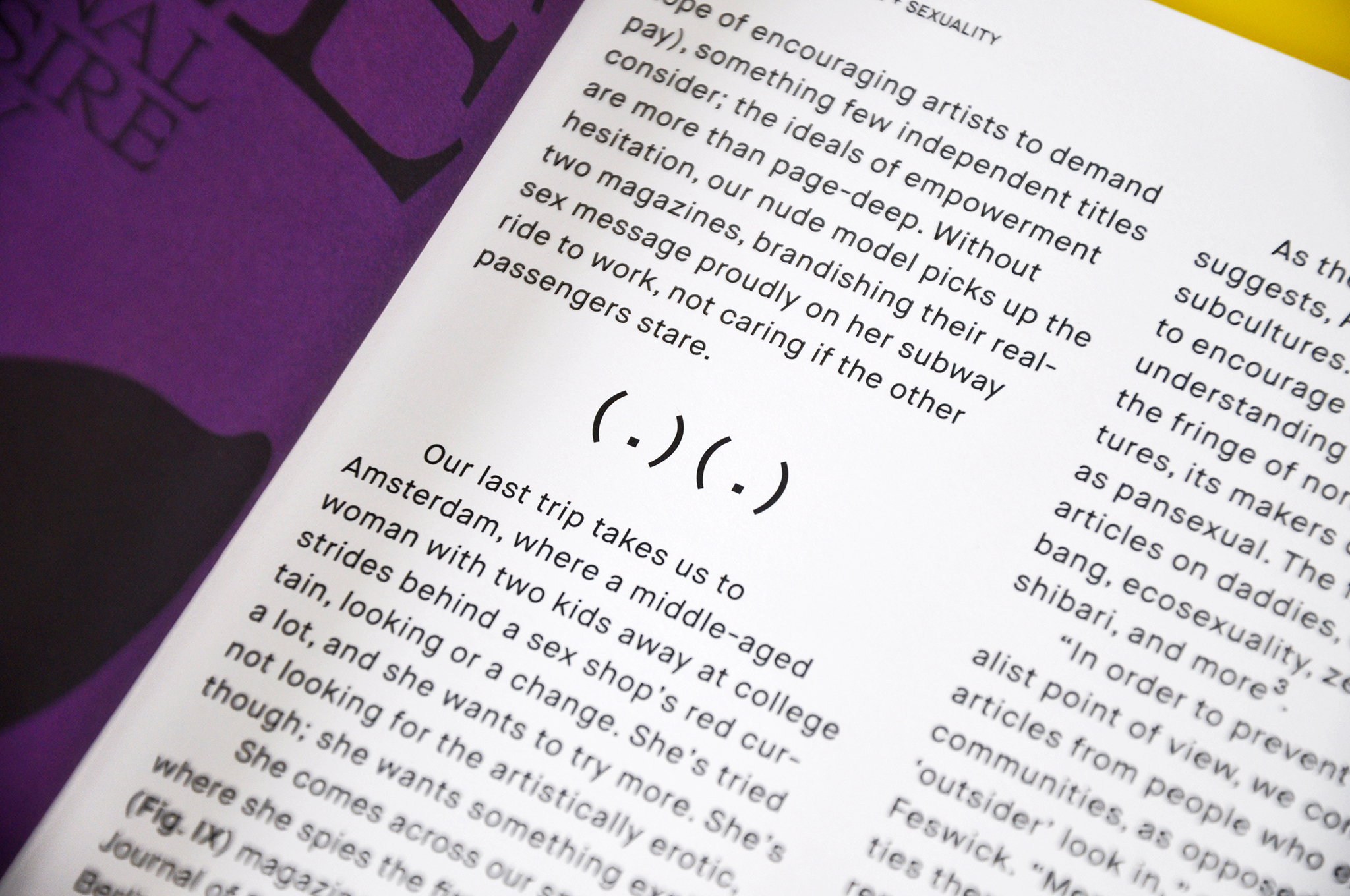



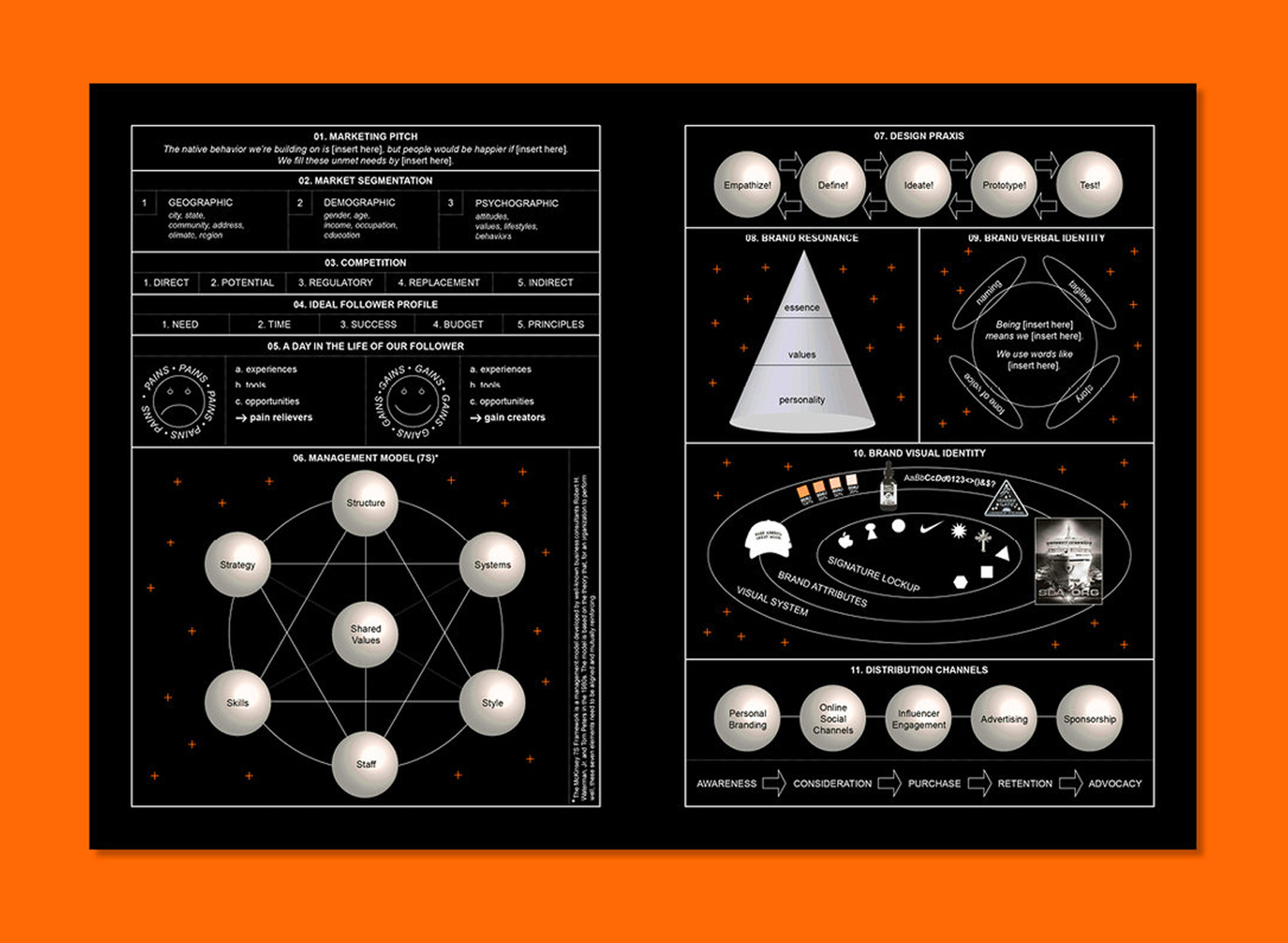



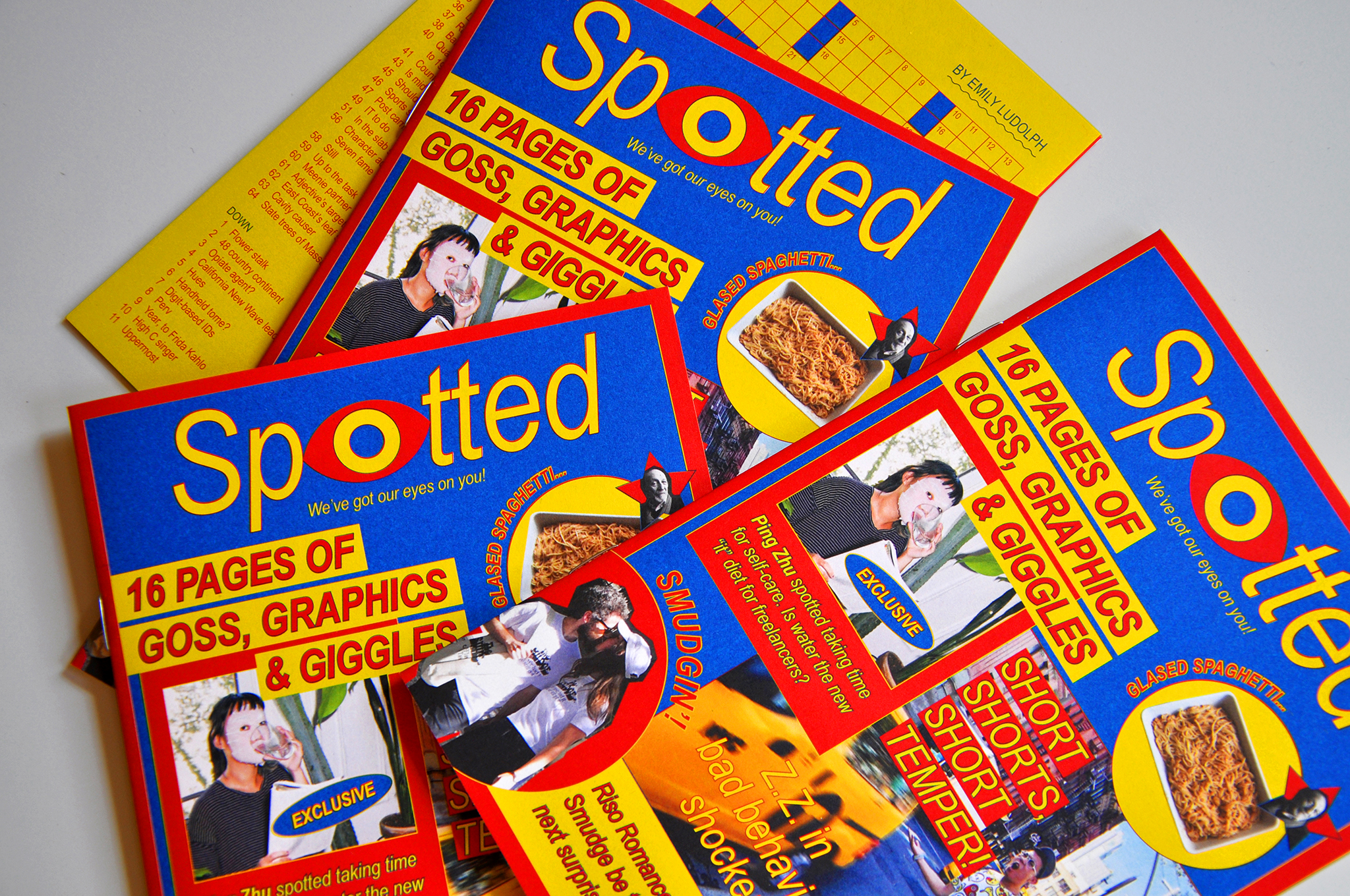





AIGA Eye on Design
SPD-U: You're currently the Lead Designer of AIGA Eye on Design and a freelance Art Director of The New York Times' features sections. What do you feel the biggest learning curve was after starting these positions and how did you overcome it? Is there anything you feel like you're still working on conquering?
TS: Both jobs are very different and come with their own sets of challenges. The first is very hands-on while the second involves a lot more actors and decision makers. But in both I had to learn how to diplomatically communicate with editors, juggle very tight deadlines and manage my time better. I also had to painfully and slowly learn to accept and embrace Slack as an integral tool in my daily life.
SPD-U: Going back to your job as a freelance Art Director, what are the biggest challenges in being freelance over full-time? Any advice for young professionals thinking of embarking out into the freelance world?
TS: The uncertainty of freelance is always a little scary. Figuring out taxes and health insurance plans in the US on your own is definitely not easy.
My advice is to get some in-house experience first. Working full-time in a design studio for three years helped me embark into freelance: it taught me how to pitch to clients, talk about money, communicate with printers and handle production.
What also really helps is to find a steady / recurring client to depend on in slow seasons.
AIGA Eye on Design





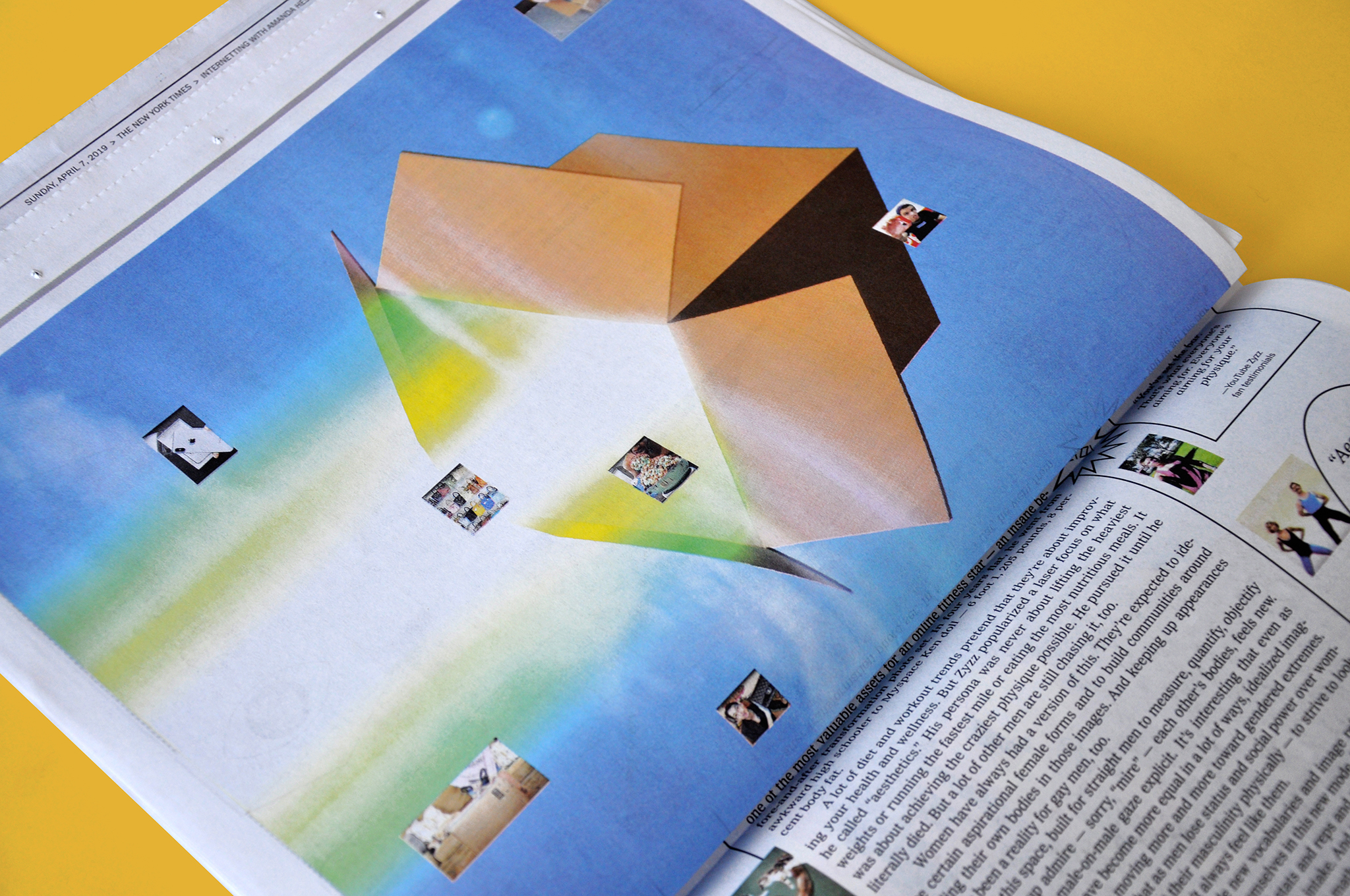

SPD-U: Who are some of your design idols (and can we have their Instagram tags? ;) )
TS: Zeina Maasri, Reza Abedini, Hatem Imam and Jana Traboulsi taught me everything I know!!!
Also, and in no particular order: Mohieddin El Labbad, Tibor Kalman, April Grieman (there’s a really good interview with her on Eye on Design here), OK-RM, M/M Paris, and Mona Chalabi. I also love Tracy Ma’s brain.
SPD-U: What's your favorite magazine (outside of the ones you currently work for) and why?
TS: Bidoun is a perfect publication. Aside from it being insightful, funny and irreverent, the printed magazine (RIP) was one of my biggest inspirations as a design student. I often go back to their accessible online archives to dig into past issues.
I currently enjoy reading Real Review, Countersignals, Talk, The Smudge, and wish I could make/design a Beirut edition of Civilization but that would qualify as plagiarism.
SPD-U: Last but not least: what's your guilty pleasure song?
TS: The entire Sugababes discography.
AIGA Eye on Design
AIGA Eye on Design












